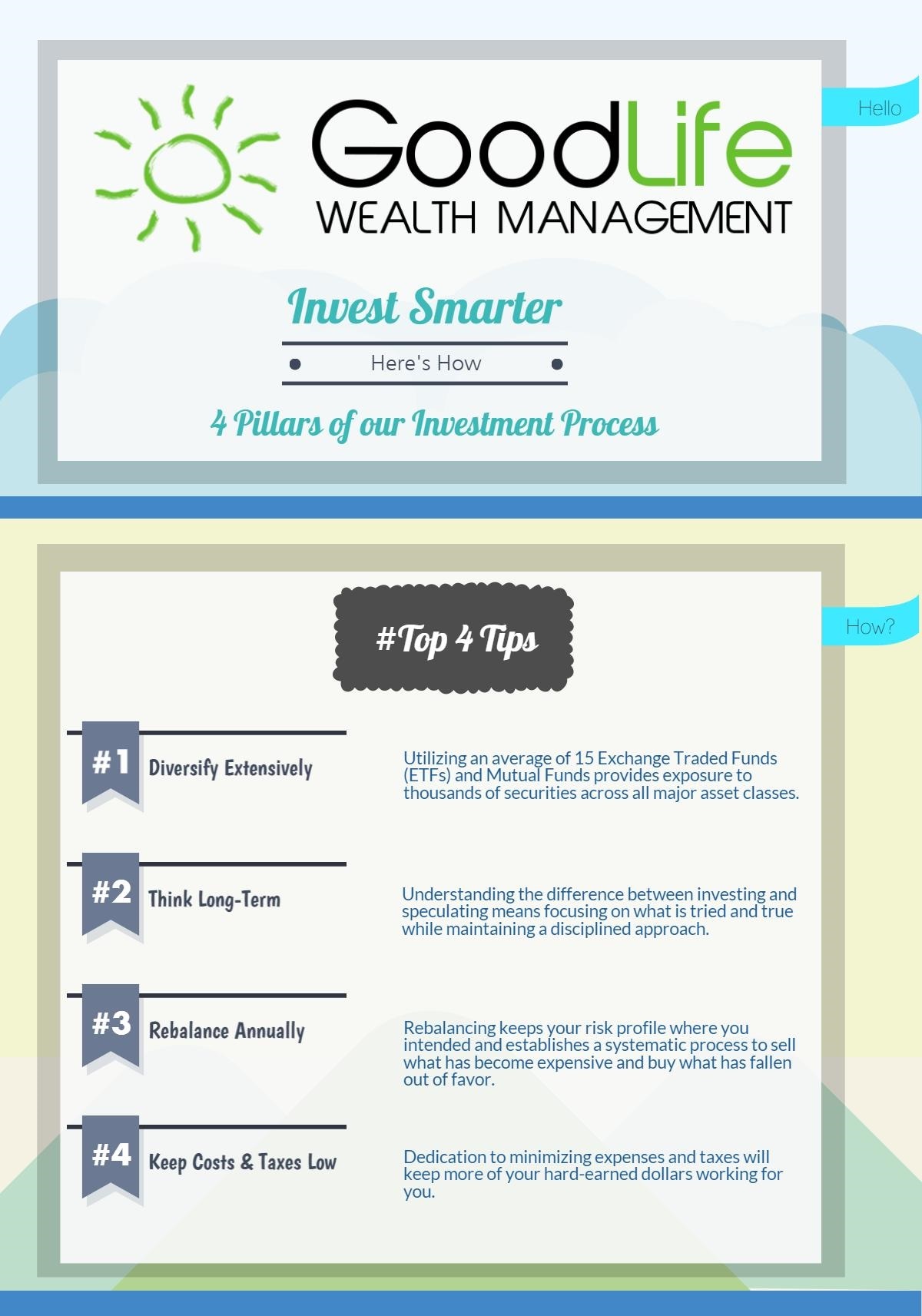We talk about Individual Retirement Accounts (IRAs) regularly, yet even for long-time investors, there are often some gaps in understanding all your options. This means that many investors are missing chances to save money on taxes, which is the primary advantage of IRAs versus regular “taxable” accounts.
Here’s a primer on the six types of IRAs you might encounter. For each type of IRA, I’m including an interesting fact on each, which you may be something you haven’t heard before! All numbers are for 2015; call me if you have questions on 2014 eligibility.
1) Traditional IRA. This is the original IRA, yet has the most complicated rules. Anyone can contribute to a Traditional IRA. Contributions grow tax-deferred and then you are taxed on any gains when the money is withdrawn.
The confusing part of the Traditional IRA is whether or not you can deduct the contribution from your income taxes. If you are in the 25% tax bracket, a $5,500 contribution will reduce your taxes by $1,375. Anyone can contribute, but not everyone can deduct their contribution. Here are the rules for three scenarios:
a) If you are not eligible for an employer sponsored retirement plan (and your spouse is also not eligible for one), then you (and your spouse) can deduct your IRA contributions.
b) If you are covered by an employer sponsored retirement plan, you can deduct your contribution if your Modified Adjusted Gross Income (MAGI) is below $61,000 (single), or below $98,000 (married, filing jointly).
c) If your spouse is covered by an employer sponsored plan, but you are not, you can deduct your contribution if your joint MAGI is below $183,000.
I suggest avoiding non-deductible contributions to a Traditional IRA as the deduction is the main benefit. If you’re eligible for a Roth IRA, never make a non-deductible contribution to a Traditional IRA. Non-deductible contributions create a cost basis for your IRAs, which you will have to track for the rest of your life. It’s a headache you don’t need.
Spouses can contribute to an IRA based on joint income, even if they do not have an income of their own. You cannot contribute to a Traditional IRA in the year you reach age 70 1/2. At that point, you must start Required Minimum Distributions. A premature withdrawal, before age 59 1/2, is subject to a 10% penalty, in addition to any income taxes due.
Interesting Fact: A Rollover IRA is a Traditional IRA. You can roll a 401(k) or other employer sponsored plan to a Traditional IRA or a Rollover IRA; they receive the same treatment. 401(k) plans are governed by Federal ERISA rules, whereas IRAs are protected under state creditor laws. If you want to remain under the Federal Regulations, you should designate the account as a “Rollover IRA” and not commingle with a Traditional IRA. I consider this step unnecessary. In Texas, we have robust protection for IRAs, so you are not at risk by consolidating accounts into one Traditional IRA.
2) Roth IRA. In a Roth IRA, you contribute after-tax dollars, so there is no upfront tax deduction. Your account grows tax-free, and there is no tax due on withdrawals in retirement. The Five Year Rule” requires you to have had a Roth open for at least 5 years before you can take tax-free withdrawals in retirement. So, if you open a Roth at age 58, you would not be able to access tax-free withdrawals until age 63.
Not everyone is eligible to contribute to a Roth IRA. To be eligible for a full contribution, your MAGI must be below $116,000 (single), or $183,000 (married).
Interesting Fact: There are no RMDs on Roth IRAs and no age limits. Even after age 70 1/2, you can contribute to a Roth IRA (provided you have earned income) or convert a Traditional IRA to a Roth.
3) “Back Door” Roth IRA. This is not a separate type of account, but rather a funding strategy. If you make too much to contribute to a Roth IRA, you can fund a Non-Deductible Traditional IRA, then immediately convert the account to a Roth. You pay taxes on any gains, but since there were no gains, your tax due is zero. Very important: the conversion is only tax-free if you do not have any existing Traditional IRAs.
Both Traditional and Roth IRAs are subject to a combined contribution limit of $5,500, or $6,500 if age 50 or older.
Interesting Fact: Thinking of rolling your old 401(k) to an IRA? Don’t do it if you might want to do a Back Door Roth in the future. Rolling to an IRA will eliminate your ability to do a tax-free Roth conversion. Instead, leave your old 401(k) where it is, or roll it into your new 401(k).
4) Stretch IRA, also called an Inherited IRA or a Beneficiary IRA. If you are named as the beneficiary of an IRA, the inherited account is taxable to you. If you take the money out in the first year, it will all be taxable income. With a Stretch IRA, you can keep the inherited IRA tax-deferred, and only take Required Minimum Distributions each year. Note that Stretch IRA RMDs are based on the original owner’s age, so you cannot use a regular RMD calculator to determine the amount you must withdraw.
Interesting Fact: a spouse who inherits an IRA from their deceased spouse does not have to do a Stretch IRA. Instead, he or she can roll the IRA into their own account and treat it as their own. This is especially beneficial if the surviving spouse is younger than the decedent.
5) SEP-IRA. SEP stands for Simplified Employee Pension. A SEP is an employer sponsored plan where the employer makes a contribution of up to 25% of the employee’s compensation, with a contribution cap of $53,000. Since it is an employer plan, you cannot discriminate and must make the same contribution percentage for all employees. As a result, pretty much the only people who use a SEP are those with no employees. The SEP is most popular with people who are self-employed, sole proprietors, or who are paid as an Independent Contractor via 1099 rather than as an Employee via W-2.
Let’s say you have a regular job and also do some freelancing as an Independent Contractor. You can contribute to the 401(k) through your employer AND contribute to the SEP for your 1099 work. You can also do a SEP in addition to a Traditional or Roth IRA.
Interesting Fact: The SEP is the only IRA which you can fund after April 15. If you file a tax extension, you have until you file your taxes to fund your SEP. We can accept 2014 SEP contributions all the way up to October 15, 2015.
6) SIMPLE IRA is the Savings Incentive Match Plan for Employees. It’s like a 401(k), but just for small businesses with fewer than 100 employees. Employees who choose to participate will have money withheld from their paycheck and invested in their own account. The employer matches the contribution, up to 3% of the employee’s salary. This is a great option for small businesses because the costs are low and the administration and reporting requirements are easy. The 2015 contribution limit is $12,500, or $15,500 if over age 50.
Interesting Fact: Traditional and SEP IRAs have a 10% penalty for premature distributions prior age 59 1/2. For a SIMPLE IRA, if you withdraw funds within two years of opening the account, the penalty is 25%. Contributions made by both the employee and employer are immediately vested, so the high penalty is to discourage employees from raiding their SIMPLE accounts to spend the employer match.
IRAs are a very important tool for wealth accumulation, yet a lot of investors miss chances to participate and maximize their benefits. Since the contribution limits are low, it can be tough to make up for lost years. Your best bet: meet with me, bring your tax return and your investment statements and we can discuss your options.









![IMG_9569[2]](https://goodlifewealth.com/wp-content/uploads/2014/08/IMG_956921-1024x682.jpg)



